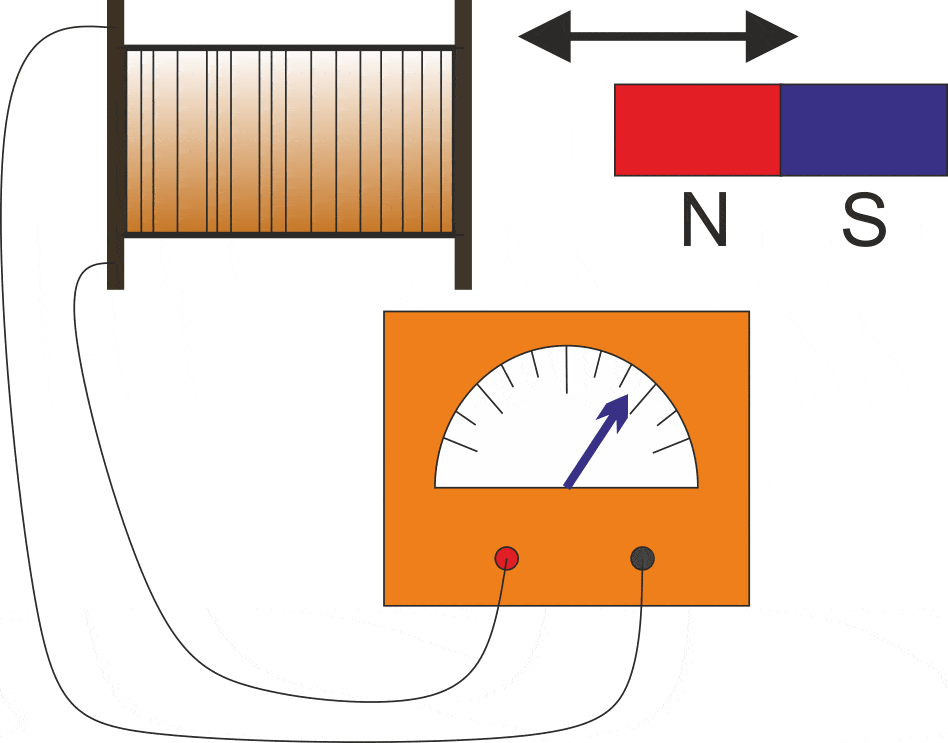Faraday's Law, named after the English scientist Michael Faraday, is a fundamental principle in electromagnetism that describes how a changing magnetic field induces an electromotive force (EMF) or voltage in a nearby conductor. Faraday's Law is a crucial component of electromagnetic induction and has significant applications in electrical engineering and physics.
There are two main formulations of Faraday's Law:
Faraday's First Law of Electromagnetic Induction
Faraday's first law states that a change in magnetic flux through a closed loop of wire induces an electromotive force (EMF) in that loop. The induced EMF is directly proportional to the rate of change of magnetic flux. Mathematically, it can be expressed as:
EMF = -dΦ/dt
Where:
- EMF is the electromotive force (voltage) induced in the loop.
- dΦ/dt represents the rate of change of magnetic flux through the loop.
The negative sign indicates that the induced EMF creates a current in the loop that generates a magnetic field opposing the change in the original magnetic field.
Key points regarding Faraday's first law
- This law describes the generation of an EMF in a closed loop of wire due to a changing magnetic field.
- The induced current flows in the direction that opposes the change in magnetic flux, following Lenz's Law.
Faraday's Second Law of Electromagnetic Induction
Faraday's second law builds upon the first law and provides a more comprehensive description. It states that the magnitude of the EMF induced in a closed loop is equal to the rate of change of the magnetic flux linking the loop. Mathematically, it can be expressed as:
EMF = -ΔΦ/Δt
Where:
- EMF is the electromotive force (voltage) induced in the loop.
- ΔΦ represents the change in magnetic flux through the loop over a specified time interval Δt.
Key points regarding Faraday's second law
- It quantifies the induced EMF in terms of the change in magnetic flux.
- The negative sign indicates the direction of the induced current, which opposes the change in magnetic flux.

Applications of Faraday's Law
Electric Generators
Faraday's Law is fundamental to the operation of electric generators, where mechanical energy is used to rotate a coil of wire within a magnetic field, inducing an EMF that generates electrical power.
Transformers
Transformers use Faraday's Law to transfer electrical energy between coils of wire by varying the magnetic flux, allowing voltage to be stepped up or down as needed in power distribution systems.
Induction Cooktops
Induction cooktops use electromagnetic induction to heat pots and pans directly, making cooking more efficient and precise.
Magnetic Card Readers
Devices like credit card readers use Faraday's Law to read information stored on magnetic stripes.
Wireless Charging
Inductive charging systems for electric vehicles and electronic devices employ Faraday's Law to transmit power wirelessly between coils.
Electromagnetic Sensors
Various sensors and detectors, such as metal detectors and certain types of motion sensors, rely on Faraday's Law for their operation.
Faraday's Law of electromagnetic induction is a fundamental concept that underlies many technological advancements and plays a critical role in the generation and transmission of electrical energy in our modern world.
